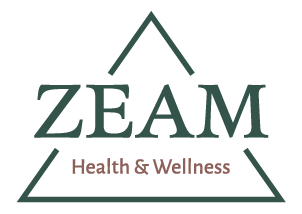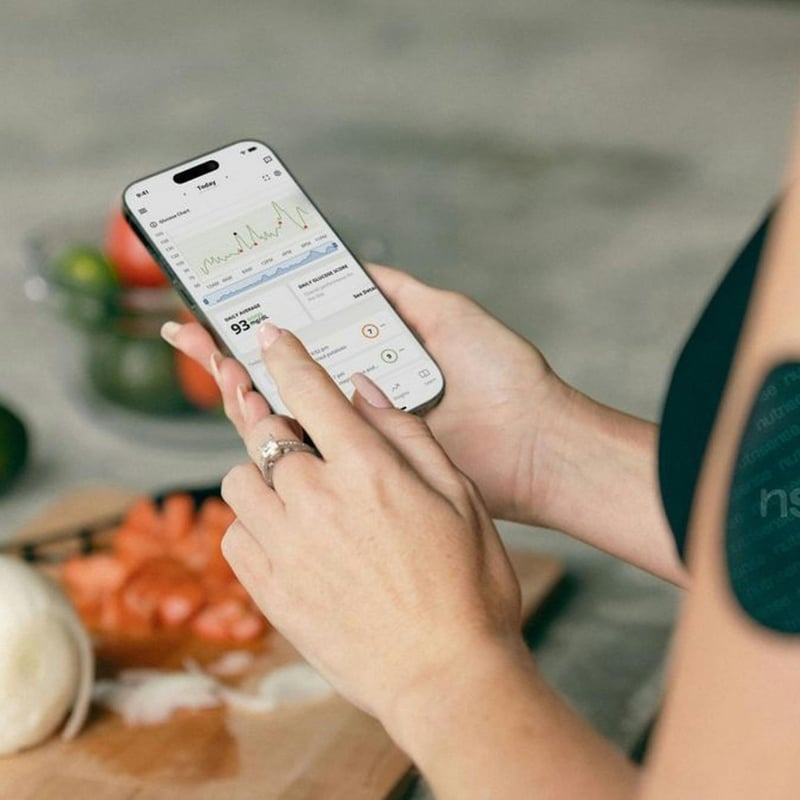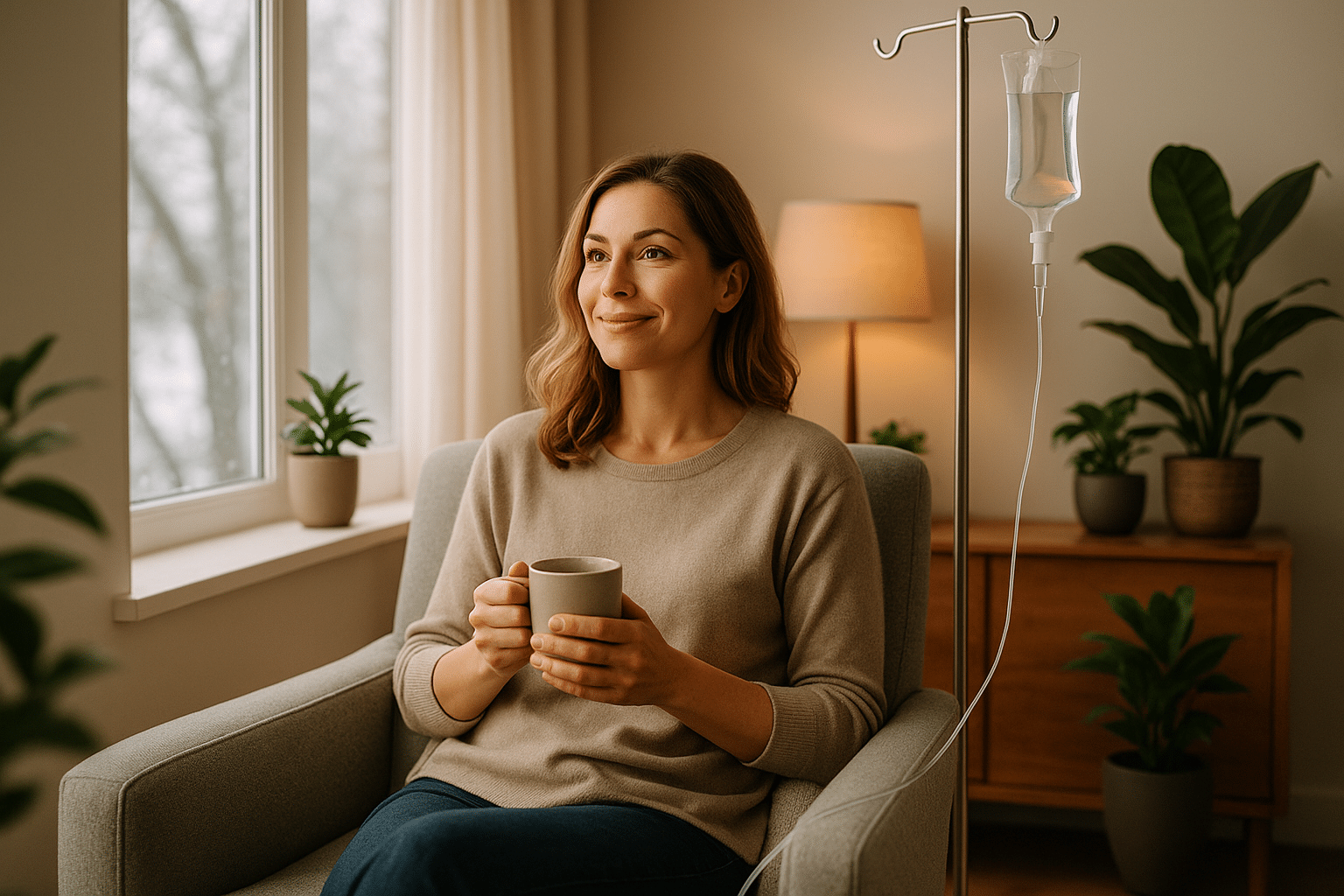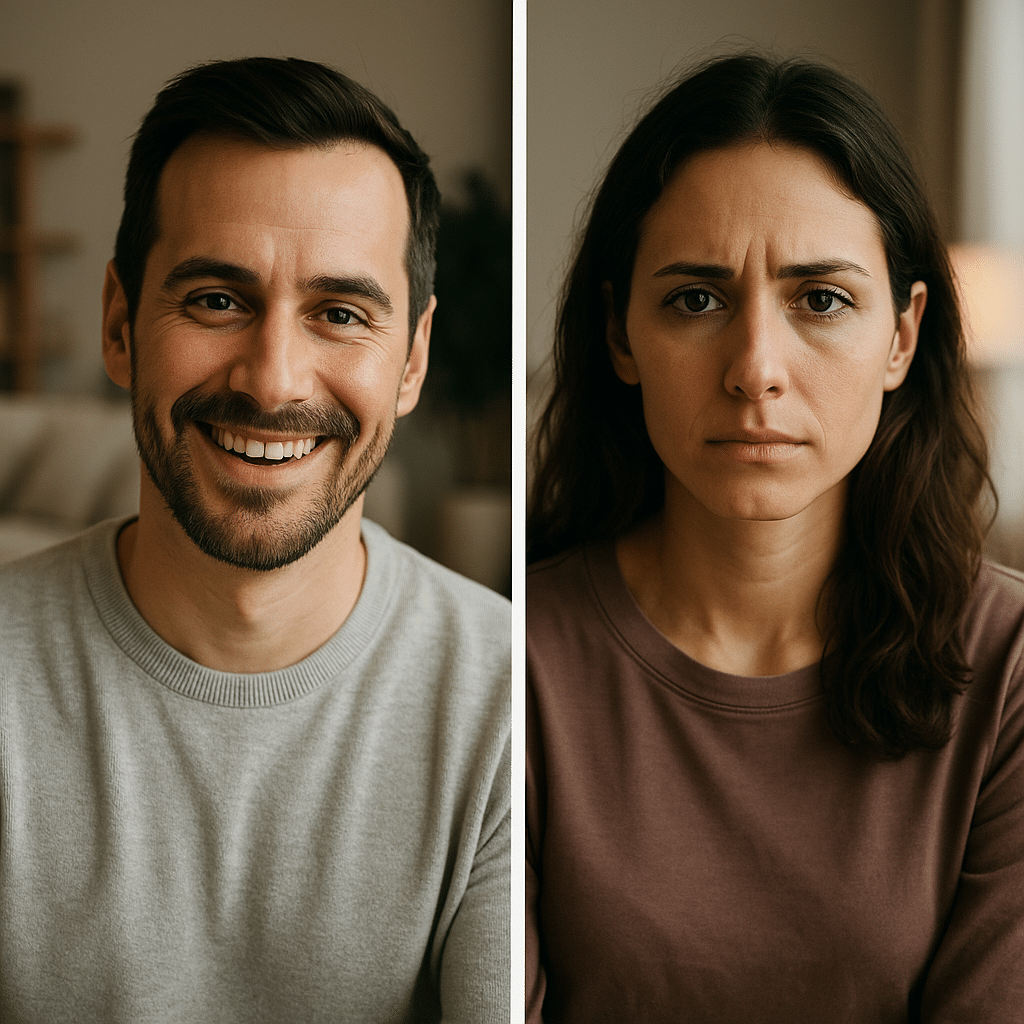Mental health challenges are everywhere. According to a 2024 report from the Canadian Mental Health Association, nearly half of Canadians will experience a mental health condition by age forty. It is one of the leading causes of disability in the country.
People are searching for more options. While traditional therapy and medication remain essential, new tools are stepping in, some of them wearable, some digital, and many designed to work with the brain’s natural rhythms. This shift does not necessarily replace care but enhances it.
In this blog, we explore how gadgets like Neurosity and Brainlink are making mental health care more personal, accessible, and aligned with how the brain heals itself.
Many Apps, Few Answers
There are more than 10,000 mental health apps available to the public, according to the American Psychiatric Association. Most are marketed as solutions for stress, anxiety, or emotional regulation. Some use meditation, while others use artificial intelligence to offer conversation-style support. These tools are everywhere, but are they actually effective?
A 2019 study by Larsen and colleagues reviewed 73 of the most popular mental health apps on Google Play and the Apple App Store. Sixty-four percent claimed they could reduce symptoms, improve mood, or support mental health. The majority used scientific language to sound credible. However, only one app cited a peer-reviewed study, and many described techniques that had no clear backing in the research.
The same trend appeared in an analysis shared by the American Psychiatric Association. In their review, just two apps offered direct evidence for effectiveness. Even when apps promised high engagement or user satisfaction, most failed to explain how they measured those outcomes.
Meanwhile, users continue to download them. According to Carlo et al. (2019), apps that focus on meditation, relaxation, and mindfulness account for 76% of the top 25 most downloaded behavioral health apps. This includes well-known platforms like Headspace and Calm. The market is large. However, the science behind many of these tools is still catching up.
From Screens to Signals
Apps are easy to access, but they are not the only option. A new generation of mental health tools uses brainwave-sensing technology to offer real-time insight into what is happening inside the mind.
Devices like Muse and Brainlink use electroencephalography (EEG) to read brain activity. They provide feedback as the user meditates, listens to music, or tries to relax. This feedback teaches users how to self-regulate and stay present. The data is live, and the effects can be measured.
A 2022 thesis by Madeline Slack studied how mindfulness meditation changes when paired with consumer-grade EEG neurofeedback. Participants used a Muse headband and took part in a four-day program.
Those who received neurofeedback reported significantly higher positive mood scores and lower negative mood levels compared to the control group, which meditated without feedback. While it was a small-scale study, the results showed how technology can deepen the meditation experience.
Brainlink offers a different approach. It combines EEG feedback with gamified experiences that reward brainwave states linked to relaxation and focus. A 2016 review outlined how EEG neurofeedback has been used for anxiety, ADHD, sleep disorders, and cognitive training. The results vary, but the trend is clear: These devices promote learning, not sedation. They guide the brain to a more stable place using its own signals.
What Makes Neurosity Different
Among the most promising tools in this field is the Neurosity Crown. It looks like a slim, lightweight headband. Inside are sensors that detect when the brain is focused, anxious, or distracted. Based on what it reads, it can cue music, suggest breaks, or track how mental states shift during the day.
The difference is how it connects insight to action. While most apps ask how you feel, Neurosity measures it directly. It knows when your brain is tired or stressed before you might even notice. This makes it useful not only for meditation but also for daily tasks, work focus, and managing stress under pressure.
Zeam Health & Wellness has recently partnered with Neurosity to bring this device into clinical practice. This gives our clients access to real-time brain data interpreted and supported by mental health professionals. We are integrating this technology into care programs across Folsom, Roseville, and Sacramento.
This is not a replacement for therapy but an extension of it. Neurosity allows us to build personalized strategies that are grounded in biology and designed for the long term.
Does the Science Support These Tools?
Skepticism is healthy, and so is evidence. Luckily, there is more of it now than ever.
A 2022 meta-analysis reviewed 208 randomized controlled trials on non-invasive brain stimulation therapies, including transcranial magnetic stimulation (TMS) and transcranial direct current stimulation (tDCS). The findings were strong.
For example, TMS helped reduce symptoms of anxiety, OCD, and depression, especially in cases where medication had not worked. On the other hand, tDCS showed promise for improving focus and memory in people dealing with serious mental illness.
These numbers show that devices that alter or respond to brain activity can lead to measurable symptom reduction. While not every consumer-grade tool meets the same clinical threshold, devices like Neurosity and Brainlink use the same foundational principles: real-time feedback, neural engagement, and behavioral change.
Even the National Institute of Mental Health supports these methods. Their overview of brain stimulation therapies highlights tools like TMS and vagus nerve stimulation as valuable options when medication does not work. These treatments are now recognized as part of standard care for depression and related conditions.
Embrace Technology That Works With the Brain
Mental health care is changing. It is more personalized, more connected, and more responsive than ever. At Zeam Health & Wellness, we are proud to lead that change.
Through our new partnership with Neurosity, we are expanding what is possible in brain-based mental health support. Whether you are managing anxiety, recovering from burnout, or simply want to understand your mind more deeply, we offer solutions that are backed by research and designed for real life.
We serve patients across Folsom, Roseville, and Sacramento, offering care that includes therapy, psychiatry, TMS, and now real-time neurofeedback integration.
Contact us to learn how Zeam can help you return to balance using your own brain as the guide.




